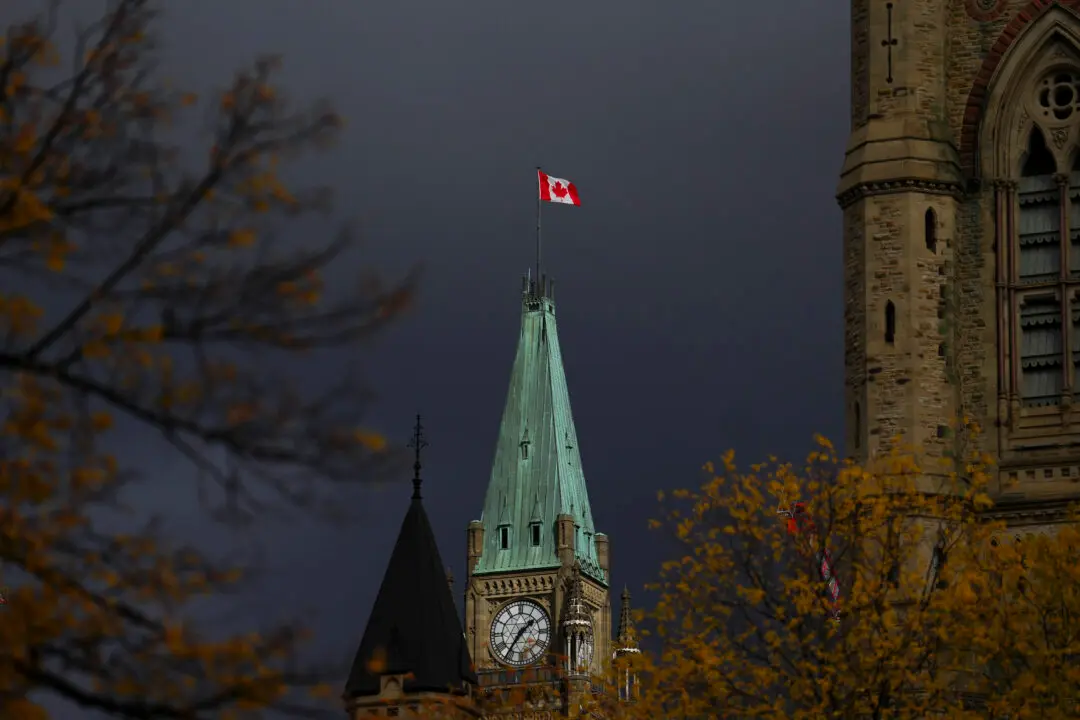As the federal government enters into a period of uncertainty, with the new U.S. administration almost sure to impose steep tariffs on Canada, economists say Canada could likely see weaker economic growth, higher inflation, and even a recession in 2025.
“I think it will be pretty weak in 2025, just because of the incredible uncertainty that exists,” Trevor Tombe, an economics professor at the University of Calgary and director of fiscal and economic policy at the school, said of Canada’s economic prospects in the coming year.





